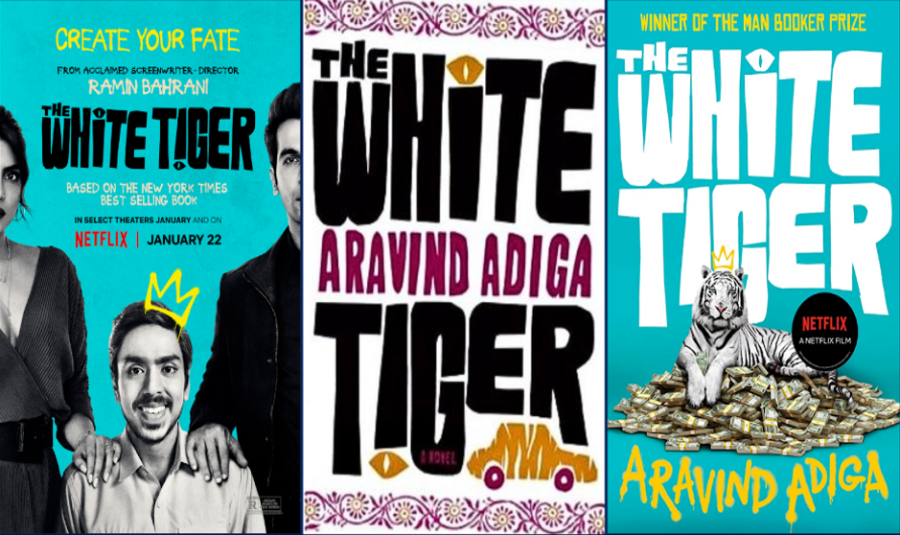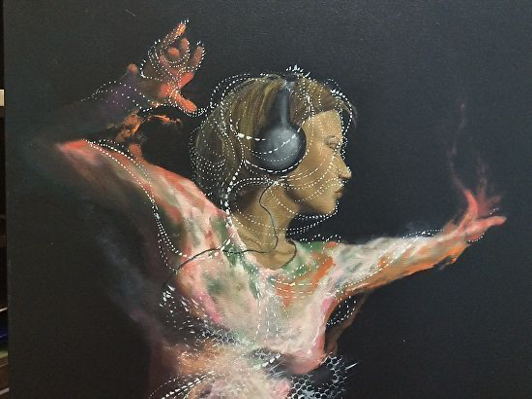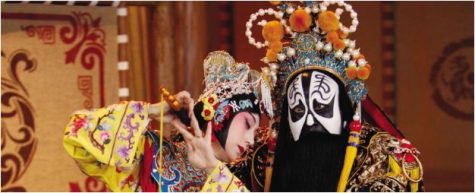A Window into India’s Underbelly: Reviewing Adigas Booker Prize Winner ‘The White Tiger’
Step into the harsh, unapologetic truths of the plight of India’s underbelly with Adigas Booker prize winner The White Tiger. Through the eyes of Balram Halway, the audience is given an unrestricted, and unapologetic perspective into what it means to rise up in India’s social class, and the moral sacrifices that must be made.Through its adept use of language and writing style, and themes of corruption, Identity, Social-hierarchy, and morality, The White Tiger is able to address many painful truths about the society of India while simultaneously providing entertainment, and is definitely worth the read.
Basic Description:
The White Tiger is the debut novel by Indian Author Aravind Adiga which was published in 2008. In the same year, it won the Man Booker Prize for fiction. Since its publication, it has reached the global scale; it is involved in exams internationally, such as the A-levels, and has sold over 200,000 copies, and has had a movie production of it in 2001. The novel is classified as a picaresque novel, meaning that it depicts the adventures of a young, roguish protagonist, usually of a low social class, who lives by their own wits in a corrupt society. In this genre, there are often characteristics of realism, comedy, and satire.
Plot:
The protagonist and entrepreneur Balram Halwai narrates his life in a letter composed of seven consecutive chapters. The letters are addressed to the Chinese Premier at the time, Wen Jiabao, about his fictional coming to India. In his letter, Balram explains the story of how he escaped a life of servitude, to the riches of New Delhi as a taxi driver and then entrepreneur to become one of the most successful individuals of New Delhi. To escape the hard life of his village, which was dominated by 4 large landlords, Balram works as a taxi driver and makes his journey to the city of New Delhi, where he can fulfil his dreams and ambitions and work his way up in the Social Hierarchy of India.
Themes and Ideas:
#1 Corruption in India: Through Balram’s narrative, Adiga constantly exposes the corruption that occurs in the semi-fictional world in which the novel is set. The separation of “The Darkness”, which is a euphemism that refers to the poor, poverty-stricken villages and working class, and “The Light”, which refers to the higher class demonstrates the severe income inequality that exists in India, and the large gap-both physical and figurative- that separate the rich and the poor. This corruption is also shown through practices by Balram himself of bribery and fraud.
#2 Social Mobility: Within the novel, Balram frequently brings up the idea of moving up the social ladder of India. From a young age, he has wanted to move up in the world, but was confronted by the harsh reality which does not favour him.
#3 Identity: The novel is essentially a retelling of Balram’s life story. He goes through a transformative journey to get to where he is now, and has given himself many names to reinforce these many personas. However, the dramatic irony of the novel reveals that Balram cannot entirely escape his past and the person he once was, and the guilt haunts him still.
#4 Morality: Morality for Balram is flexible. He manipulates his own conscience in order to justify the immoral things that he has done, blaming them on others. This however, could be interpreted as an escapism; the idea that in order to break out of the ‘Rooster Coop’, he must sacrifice his own morality.
#5 The Rooster Coop: This idea of the Rooster Coop is a metaphor for describing the oppression of India’s poor population. It degrades such individuals to the level of animals, showing how helpless they are and trapped by societal expectations and the whims of the rich. They are, essentially, roosters trapped in a coop.
Commendable Points:
The quotes within the novel were very thought-provoking, and were deeply thought of before they were used. For example, a quote in particular that I found interesting is as follows: “Murder a man, and you feel responsible for his life – possessive, even. You know more about him than his father and mother; they knew his foetus, but you know his corpse”. The quote itself is dark and cynical. However, upon closer inspection, it may prove to be very appropriate for the novel and reflects the mood of the story well.
What Did I Not Like About It?
I do not personally have any quarrels with the writing of this book or any of its literary devices. However, other critics have found points of controversy in the quality and accuracy of this novel. Some critics have compared this novel to other winners of the Booker Prize and say that its quality does not compare to those other novels, such as Shuggie Bain, and Life of Pi. Similarly, it has also been criticised as being superfluous with its use of information, and that it was used to fill up pages rather than focus on quality. There are also comments on how some of the items/vehicles/events that were mentioned did not correspond to the timeline; however, I do not think that this matters too much in terms of the novel.
Round Up My Review:
Personally, despite these critiques I would still rate the book highly. The book’s main purpose is to provide entertainment about the life of Balram Halwai, and to provide insight into the plights of some of India’s working population. I think that the novel accomplished both of these goals, and has provided an engaging narrative for the reader to get hooked on, and insight into the plight of the working class.
Although I did not study this novel, upon my first reading of it, I believe that it has enough depth and literary techniques to be exciting and enlightening to study. The themes, ideas, literary techniques, and overall structure of the book have a lot to offer and are definitely worth a deeper look into.
Rate The Book Out Of 5:
Overall, I would rate the book a 5/5. For its genre, the novel fits extremely well. It has won a distinguished award, was enjoyable to read, and has a depth to its narrative. It was definitely worth the read.


















